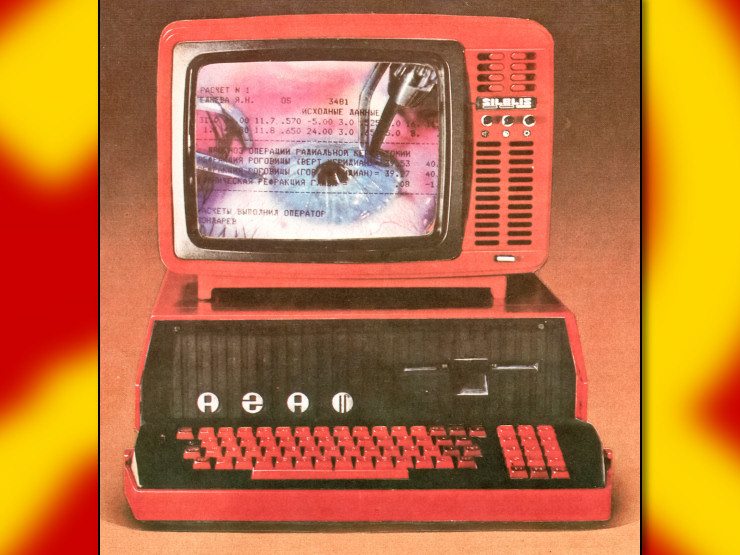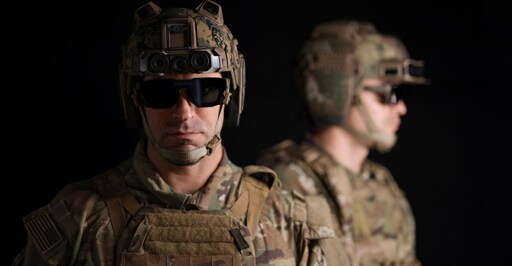EagleEye, an AI-powered mixed-reality (MR) system designed to be built into soldiers’ helmets.
The modular hardware is a “family of systems,” according to Anduril’s announcement, including a heads-up display, spatial audio, and radio frequency detection. It can display mission briefings and orders, overlay maps and other information during combat, and control drones and military robotics.
“We don’t want to give service members a new tool—we’re giving them a new teammate,” says Luckey. “The idea of an AI partner embedded in your display has been imagined for decades. EagleEye is the first time it’s real.”



Do we actually know that any of this is working in real life?
Yeah you can already do some of this AR apps for existing headsets that have an AR mode.
I know about AR, I mean the video game aim assist stuff. It just doesn’t seem practical. It seems ~the same as using a sight with a bunch of extra sensors in the middle. Seems like any calibration issues with sights would still exist plus all the work of integrating the gun (identificación, sensors for precise positioning, data transmission, another fucking battery). I don’t doubt MIC wants something like this, but there are always tradeoffs and it seems like in this case you add a lot of weight and complexity and maintenance for limited benefit. Then again, maybe they have a really nice aim assist system and the only thing holding them back was that the helmet was too heavy.
No you’re overthinking it. The “sensor” already exists on the headset in the form of multiple cameras, which are set apart at specific distances allowing them to use multiple images from different locations to generate a 3d image. You can see this clearly on the current version of the headset (3 cameras in middle of helmet).
The older prototypes they were working with had more:
This can actually be done with just 2 cameras: https://youtu.be/5LWVtC4ZbK4
The technique for this is very simple depth measurement. I’m sure you understand that if you have a 3d image of everything in frame what you can do with that is pretty simple and is going to be accurate. You can probably assume that these are using wide fisheye lens like this so they have an extremely clear view of everything:
All you really need are:
I found a YouTube link in your comment. Here are links to the same video on alternative frontends that protect your privacy: